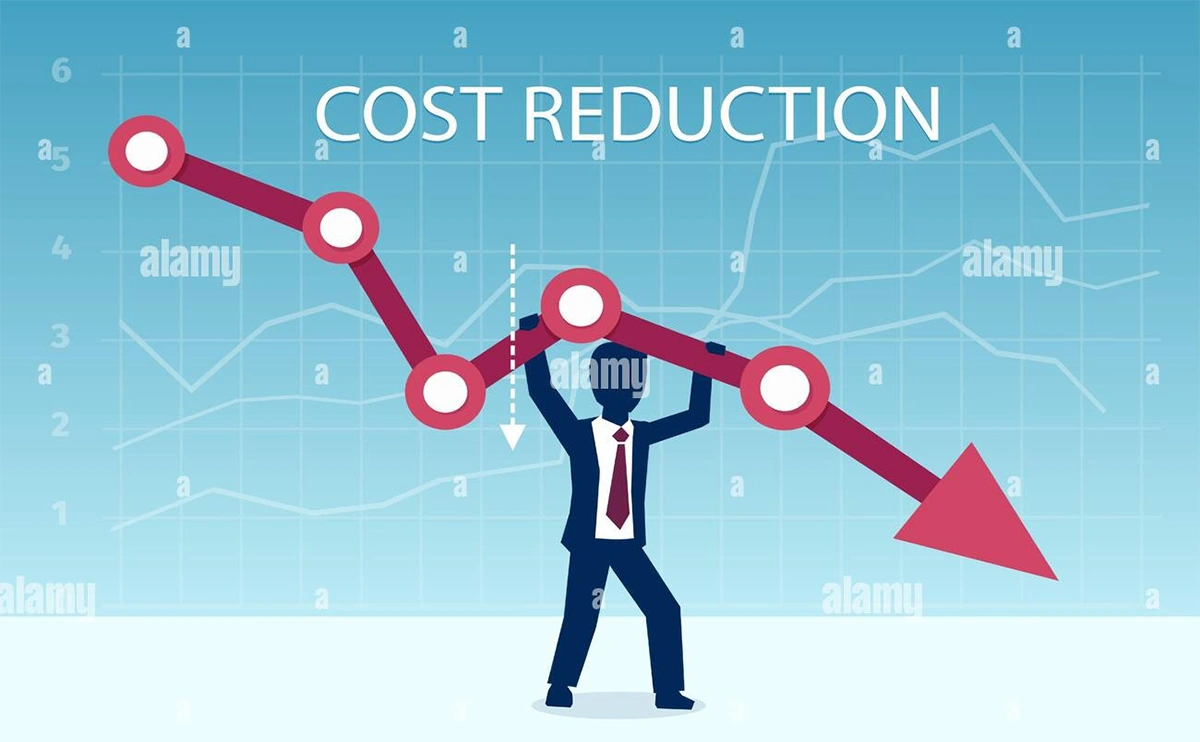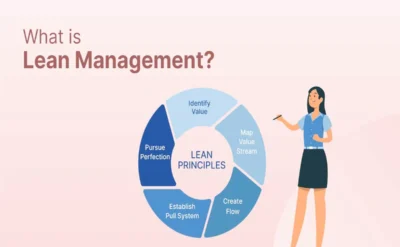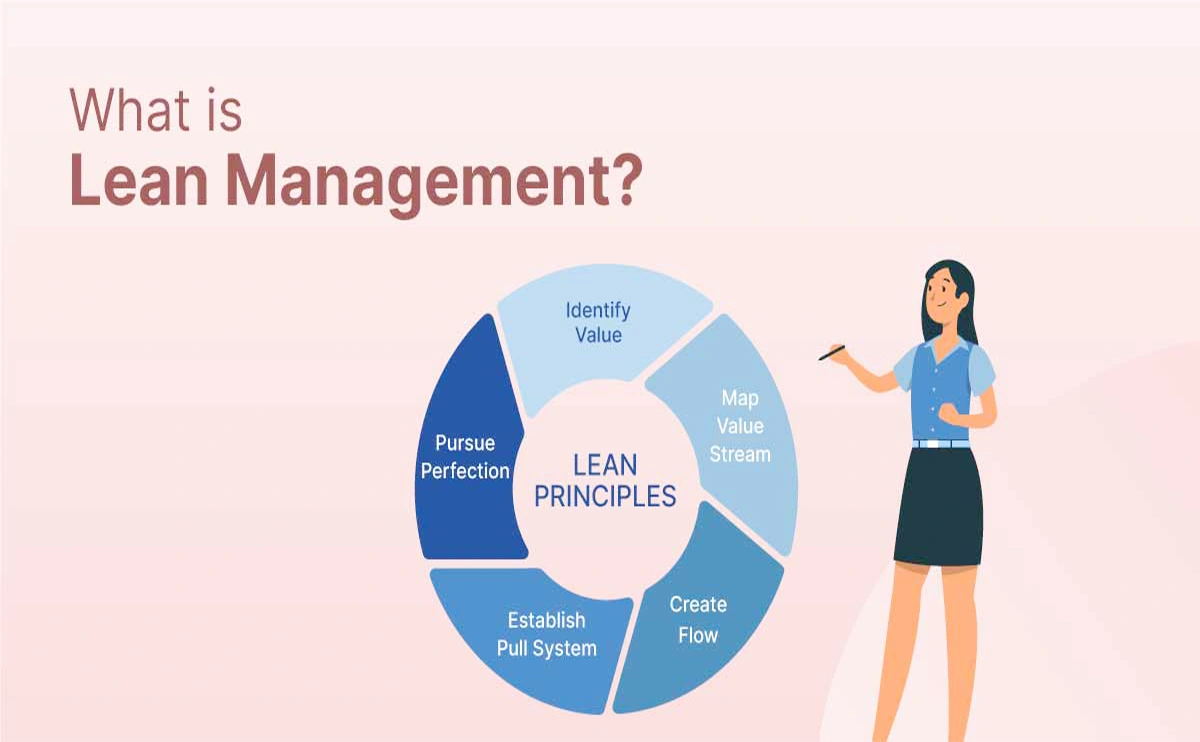In the ever-competitive world of business, increasing revenue is just one side of the profitability equation. The other—and often more controllable—side is cost reduction. Reducing unnecessary expenses, streamlining operations, and optimizing resource allocation can significantly improve a company's bottom line without increasing sales.
Cost reduction in business management is not just about cutting back. It's a strategic, deliberate process that balances financial discipline with operational efficiency and long-term growth. Done correctly, it strengthens the organization, enhances value creation, and boosts resilience.
This comprehensive guide will explore how cost reduction works in business management, including core principles, strategies, tools, and real-world applications.
What is Cost Reduction in Business Management?
Cost reduction is the process of identifying and eliminating unnecessary expenses to improve the overall financial health of a business. It involves improving operational efficiency, renegotiating contracts, eliminating waste, and leveraging technology to minimize input costs without sacrificing quality, productivity, or customer satisfaction.
While cost reduction can include short-term measures like expense cuts, sustainable cost reduction involves:
- Structural changes
- Process improvements
- Strategic outsourcing
- Automation
- Value-driven purchasing
Why Cost Reduction Matters in Business Management
- Increased Profit Margins: Lower costs mean higher net profits, even if revenue remains constant.
- Better Resource Allocation: Funds saved from inefficient processes can be reinvested into growth areas.
- Improved Competitiveness: Businesses can offer competitive prices without compromising margins.
- Stronger Financial Resilience: Companies with lean cost structures are better equipped to weather economic downturns.
- Higher Valuation: Investors and stakeholders favor businesses that operate efficiently with strong EBITDA.
 Project Cloud Sneakers for Women
Project Cloud Sneakers for Women
 Retro Oval 90s Metal Sunglasses for Women
$17.99
Retro Oval 90s Metal Sunglasses for Women
$17.99
 The Holy Bible in Audio
$0.00
The Holy Bible in Audio
$0.00



















